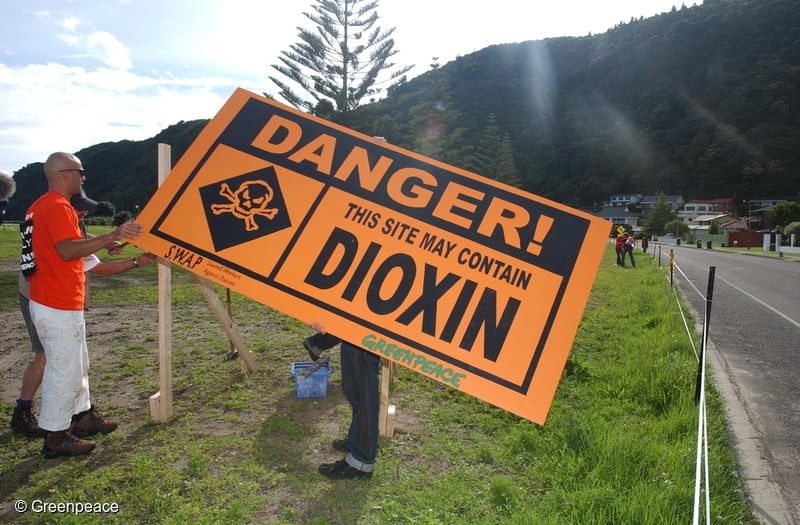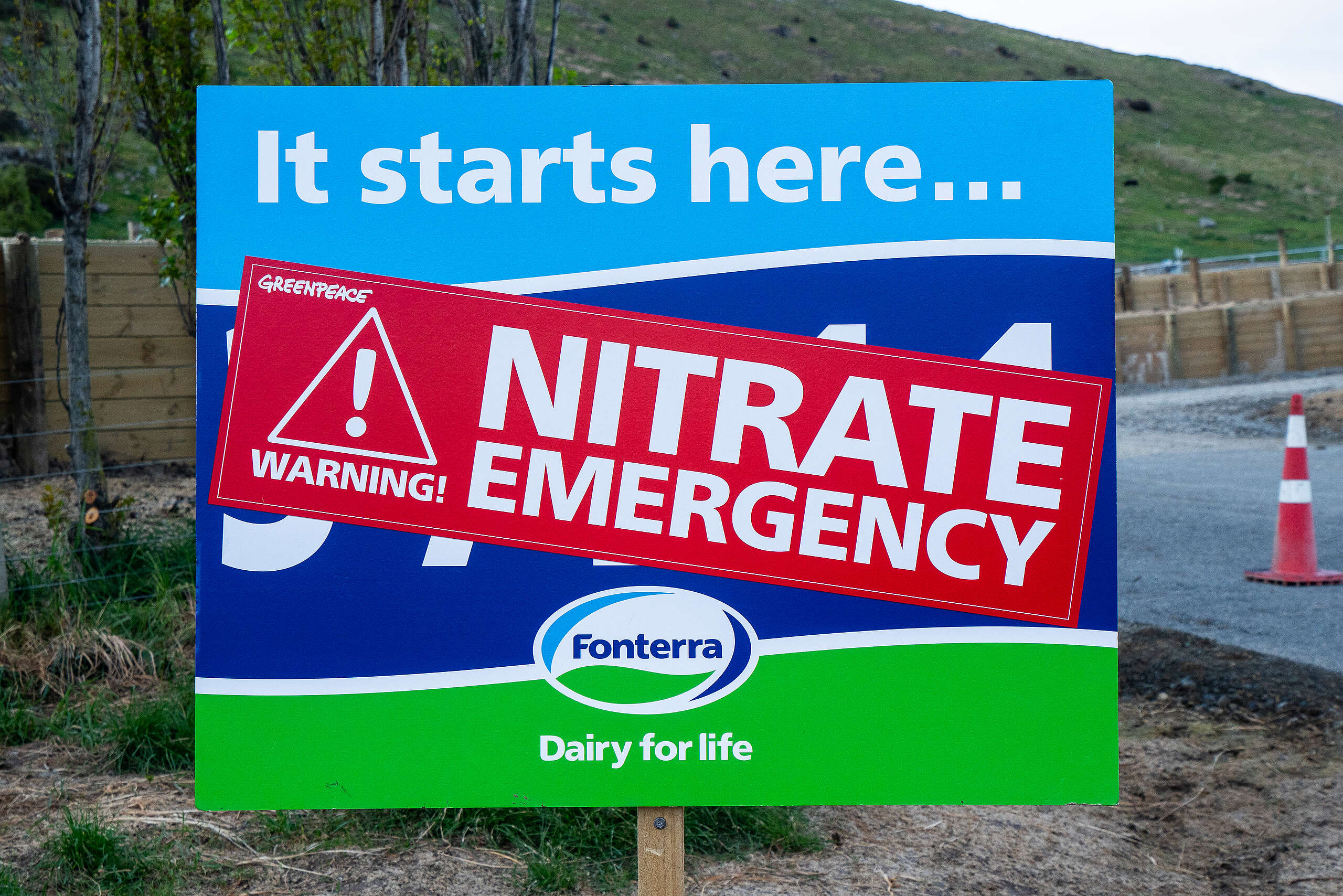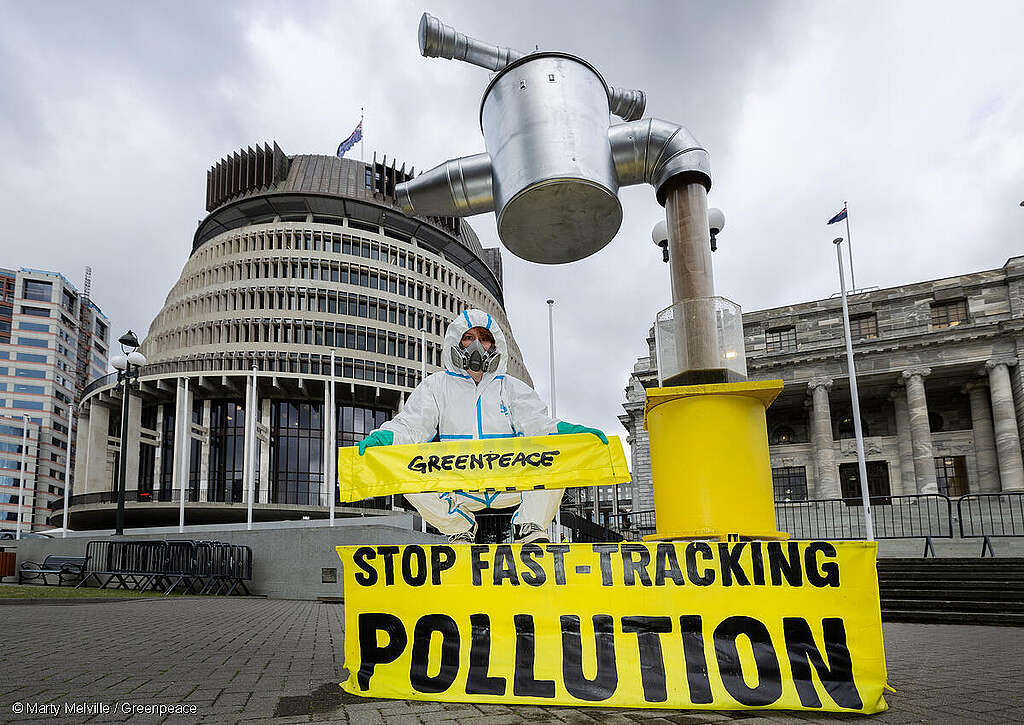A Board of Inquiry appointed by Minister for the Environment Penny Simmonds will today begin public hearings in Hamilton’s FMG Stadium on a proposal to build an industrial-scale ‘waste-to-energy’ incinerator in Te Awamutu.
The proposal by scrap metal company GCSL to burn waste to generate electricity seems too good to be true. That’s because it is. A huge amount of expensive diesel fuel would be used to burn the waste, but it would only produce a very small amount of electricity while belching out a huge volume of toxic air pollution and carbon emissions.

Waste to energy incineration is a nightmare scenario for New Zealand
Controversially, the company proposes to burn used tyres and municipal solid waste (plastic packaging, milk cartons, food scraps, etc) along with PVC and foam from old car seats.
These contain toxic compounds, so burning them produces toxic air pollution, including persistent pollutants such as dioxins and forever chemicals, acid gases such as nitrogen dioxide and sulphur dioxide, heavy metals such as mercury and cadmium, and hazardous smoke particulates. It also creates a mountain of toxic ash that needs safe disposal.
Yet the company asserts that using millions of litres of diesel to burn 166,000 tonnes of waste every year to generate 15 megawatts (MW) of electricity is “environmentally sustainable”. That’s a tiny 0.3 percent fraction of the country’s 9,448 MW of installed electricity-generating capacity, and describing it as “environmentally sustainable” is blatant greenwashing aimed at making it seem more palatable.
The proposed site is on flood-prone land near a Fonterra milk processing factory and residential housing. So, when the application was publicly notified under the Resource Management Act, Waipa District Council received a record 879 submissions and Waikato Regional Council received 809, overwhelmingly opposed, including from Don’t Burn Waipā, Greenpeace Aotearoa, Zero Waste Network Aotearoa and the Environmental Defence Society.
The Board of Inquiry has received 485 submissions, also overwhelmingly opposed, including from Waikato Tainui, Fonterra, Waipā District Council and Te Awamutu & Kihikihi Community Board. That’s a total of 2,173 submissions with 97% opposed.
Pollution modelling shows that the highest concentration of air pollution from the three chimney stacks would be within a few kilometres of the site, so residents in Te Awamutu and adjacent Kihikihi (combined population 17,390) would be exposed to ongoing toxic fumes.
A compelling case against waste to energy incineration
A compelling case against it has been made by the submitters. The toxic air emissions would pose a threat to public health and the environment. Pollutants such as dioxins and forever chemicals (PFAS) can accumulate in the bloodstream, lungs, heart and brain, where they have the potential to cause cancer, strokes, heart attacks and respiratory diseases such as asthma.
Huge carbon emissions would contribute to climate change, potentially more than six million tonnes over the length of a 35-year consent.
The stated $200 million build cost is huge in relation to the paltry 15 MW of electricity it could generate. Genuine renewable electricity from solar or wind is cheaper, cleaner and safer, avoiding all that pollution.
The 12-turbine Mahinerangi wind farm, built in Otago for $75 million in 2011, produces 36 MW. That’s more electricity for a lower cost. Wind is a free resource; burning waste requires expensive imported diesel.
Building it would also have a very negative impact on waste minimisation policies and zero waste strategies. Recycling and composting hubs cost far less to set up, create more permanent jobs, and have a greater ability to reduce waste and carbon emissions.
And as Zero Waste Network Aotearoa point out in their submission, the maximum predicted daily levels of the acid gas nitrogen dioxide are nearly four times higher than the current daily World Health Organisation (WHO) guideline, and the company’s human health risk assessment ignores the WHO ambient air quality guideline for sulphur dioxide and PM2.5 particulates.
Setting a precedent
After the hearings, the Board of Inquiry’s three commissioners are due to make their judgement by September.
If they approve it, the incinerator would be the first of its kind in the country. It would also set a worrying precedent that’s likely to encourage more proposals elsewhere, potentially without the scrutiny of public submissions or hearings.
For example, the government has put on its fast-track list an even bigger proposal near Waimate in Canterbury, reportedly bankrolled by waste incineration giant China Tianying Inc, which is part-owned by the Chinese government. Unfortunately, the fast-track rules passed under urgency last December shortcut environmental protections and can bypass full public scrutiny. Others have been mooted in Helensville near Auckland and Tolaga Bay on the East Cape.
This is why the commissioners’ decision has the potential to influence the future of electricity generation and the extent of air pollution elsewhere.
According to the Ministry for the Environment’s “Our Air 2024” report, air pollution is above safe levels in 12 out of 13 regions, including the Waikato.
The approval of this huge new ‘waste-to-energy’ incinerator in Te Awamutu would add to air pollution in that region and help open the way for more polluting incinerators in other parts of the country. That’s why Greenpeace Aotearoa and nine other environmental groups strongly oppose it.
Sign the new petition for a Waste Incineration-Free Aotearoa.
Read the Greenpeace Aotearoa submission against the proposed waste incinerator.
Michael Szabo wrote Greenpeace’s submission to the Board of Inquiry. He is a former Greenpeace Toxics Campaigner and a former member of the Ministry for the Environment’s Hazardous Waste Advisory Group.
This article is a guest post and doesn’t necessarily represent the views of Greenpeace.




